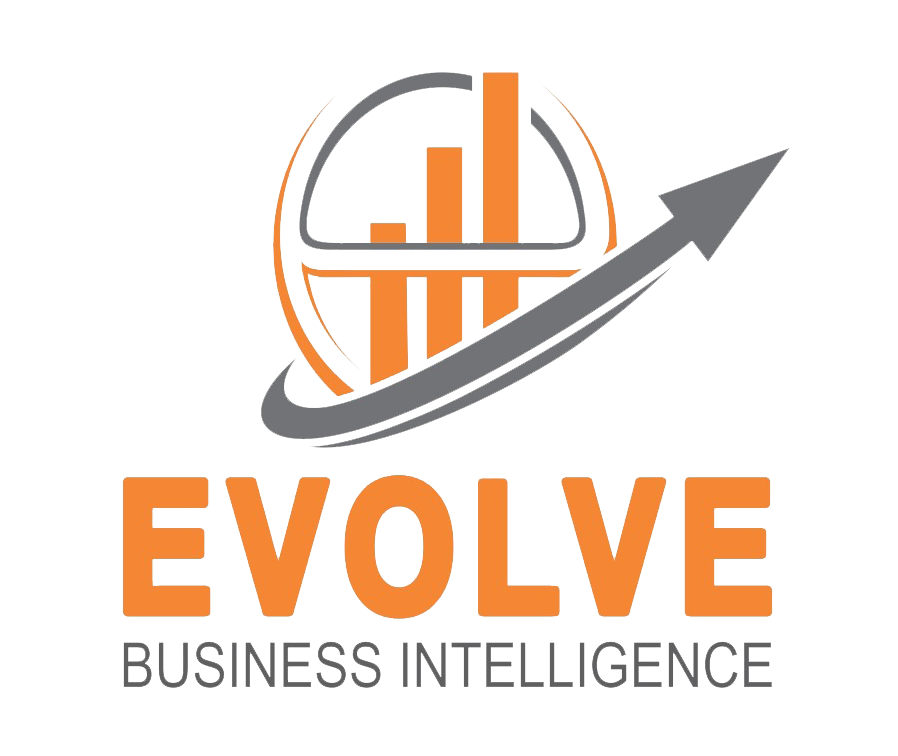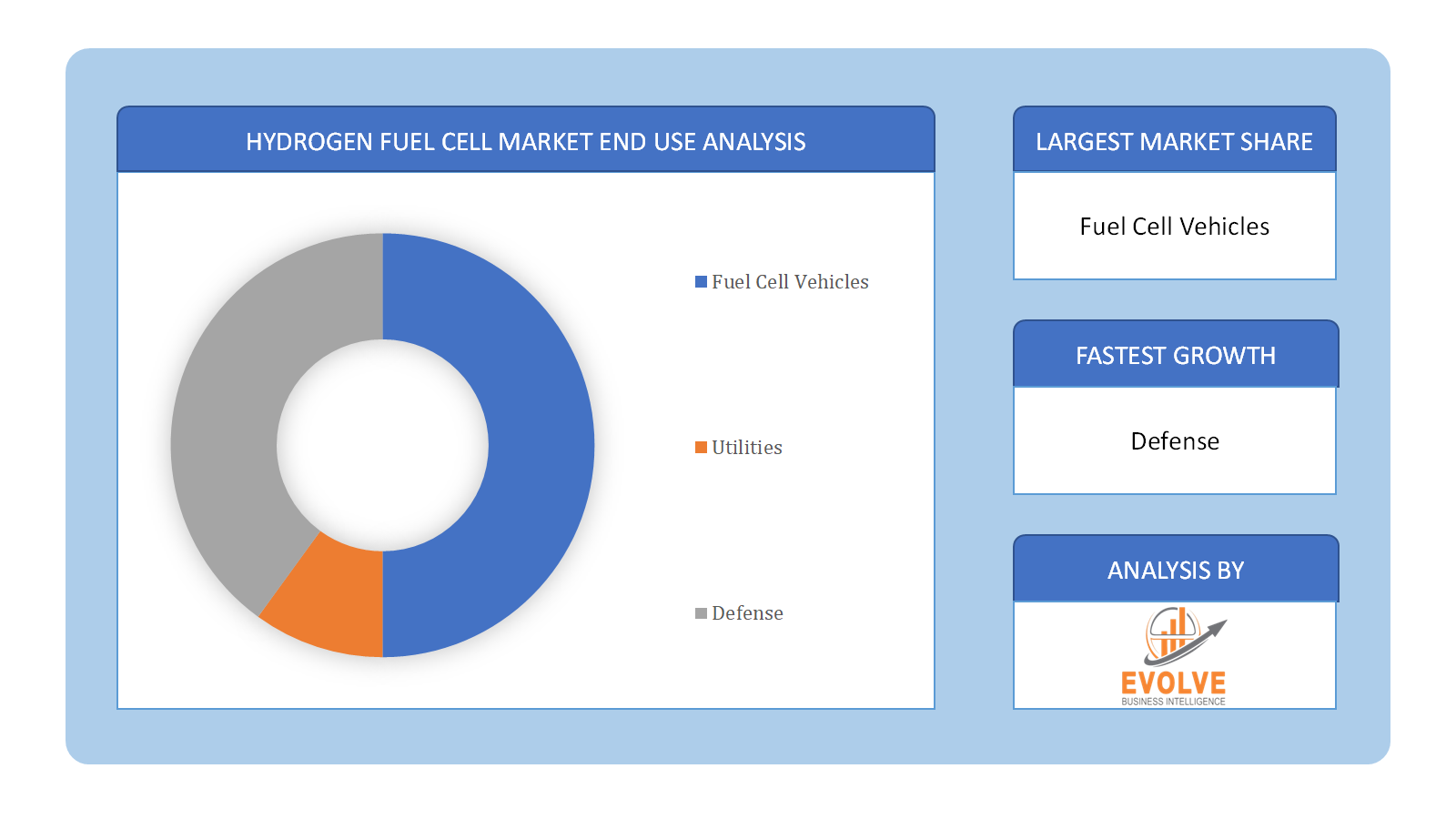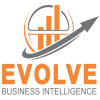Hydrogen Fuel Cell Market Overview
The Hydrogen Fuel Cell Market Size is expected to reach USD 19.79 Billion by 2035. The Hydrogen Fuel Cell Market industry size accounted for USD 6.40 billion in 2024 and is expected to expand at a compound annual growth rate (CAGR) of 10.16% from 2023 to 2033. The Hydrogen Fuel Cell market is experiencing significant growth globally, driven by the rising demand for clean energy solutions and the global shift toward decarbonization. Hydrogen fuel cells generate electricity through a chemical reaction between hydrogen and oxygen, producing only water and heat as byproducts, making them a key component in sustainable energy systems. Increasing government initiatives promoting green hydrogen, advancements in fuel cell technology, and expanding applications across transportation, industrial, and stationary power sectors are propelling market growth. Additionally, major investments in hydrogen infrastructure, particularly in Asia-Pacific, Europe, and North America, are further supporting commercialization. However, challenges such as high production costs, limited hydrogen refueling infrastructure, and dependence on non-renewable hydrogen sources remain barriers to widespread adoption.
 Global Hydrogen Fuel Cell Market Synopsis
Global Hydrogen Fuel Cell Market Synopsis
COVID-19 Impact Analysis
The COVID-19 pandemic had a mixed impact on the Hydrogen Fuel Cell market, initially disrupting supply chains, manufacturing operations, and project timelines due to lockdowns and restrictions, which delayed the production of key components like fuel cell stacks, electrolyzers, and refueling infrastructure. The automotive sector, a major adopter of hydrogen fuel cells, experienced a temporary decline in vehicle sales, further slowing market expansion. However, the pandemic also accelerated the global focus on clean and sustainable energy, with governments and industries including hydrogen technologies in their green recovery plans. Investments in renewable hydrogen projects and low-carbon infrastructure increased as part of post-pandemic stimulus packages, particularly in regions like Europe and the Asia-Pacific. While short-term setbacks were evident, the long-term outlook for the hydrogen fuel cell market improved significantly, as the crisis emphasized the importance of energy resilience, sustainability, and the transition toward a net-zero carbon economy.
Hydrogen Fuel Cell Market Dynamics
The major factors that have impacted the growth of Hydrogen Fuel Cell Market are as follows:
Drivers:
Ø Rising Demand for Clean and Sustainable Energy Solutions
One of the primary drivers of the hydrogen fuel cell market is the growing global emphasis on clean and sustainable energy sources. With increasing concerns about climate change, air pollution, and the depletion of fossil fuels, governments and industries are actively investing in zero-emission technologies. Hydrogen fuel cells produce electricity through an electrochemical process, emitting only water and heat as byproducts, making them a crucial component in achieving carbon neutrality. Supportive government policies, such as subsidies, tax incentives, and hydrogen infrastructure investments, especially in countries like Japan, South Korea, Germany, and the U.S., are accelerating market adoption. Moreover, the integration of fuel cells in vehicles, stationary power systems, and industrial applications further strengthens their demand as part of the global energy transition.
Restraint:
- High Production Costs and Limited Infrastructure
Despite strong growth potential, the hydrogen fuel cell market faces significant restraints due to high production costs and underdeveloped infrastructure. Producing green hydrogen through electrolysis remains expensive because it requires large amounts of renewable energy and costly electrolyzer technology. Additionally, fuel cell systems rely on precious metals like platinum as catalysts, which further increase costs. The lack of widespread hydrogen refueling stations and storage facilities limits the large-scale deployment of fuel cell vehicles and other applications. These challenges, combined with complex logistics for hydrogen transportation and safety concerns, continue to hinder the rapid commercialization of hydrogen fuel cells across industries.
Opportunity:
⮚ Increasing Investments in Green Hydrogen and Fuel Cell Innovation
The global shift toward decarbonization presents a major opportunity for the hydrogen fuel cell market. Increasing investments in green hydrogen production — generated from renewable energy sources such as solar and wind — are paving the way for a sustainable hydrogen ecosystem. Countries worldwide are launching national hydrogen strategies and public-private partnerships to advance fuel cell technologies and infrastructure. Technological innovations, such as the development of low-cost catalysts, advanced membrane materials, and scalable hydrogen storage solutions, are expected to reduce costs and improve system efficiency. Moreover, the growing interest in using hydrogen for heavy transport, marine, aviation, and industrial sectors creates new avenues for expansion, positioning hydrogen fuel cells as a key enabler of the global clean energy future.
Hydrogen Fuel Cell Market Segment Overview
Based on Type, the market is segmented based on Proton Exchange Membrane Fuel Cells, Phosphoric Acid Fuel Cells, Solid Oxide Fuel Cells, Molten Carbonate Fuel Cells, and Others. PEM fuel cells are the most widely used type due to their high efficiency, low operating temperature, and quick start-up. They use a solid polymer electrolyte and operate at around 90°C, making them suitable for transportation applications such as fuel cell vehicles (cars, buses, and trucks) and portable power systems. The growing demand for clean mobility and government support for hydrogen-based transportation are key drivers for this segment.
By Application
Based on the Application, the market is segmented based on Stationary, Transportation, and Portable. The transportation segment is experiencing rapid growth, primarily due to the rising demand for zero-emission vehicles. Hydrogen fuel cells are increasingly being used in passenger cars, buses, trucks, trains, and even maritime and aviation applications. Fuel cell electric vehicles (FCEVs) offer long driving ranges, fast refueling times, and high efficiency compared to battery electric vehicles (BEVs). Government incentives, expanding hydrogen refueling infrastructure, and partnerships between automakers and energy companies are major factors fueling this segment’s expansion.
By End Use
Based on End-Use, the market has been divided into Fuel Cell Vehicles, Utilities, and Defense. The fuel cell vehicles (FCVs) segment holds the largest share in the hydrogen fuel cell market, driven by the increasing adoption of zero-emission transportation solutions. FCVs use hydrogen as fuel to generate electricity through fuel cells, producing only water as a byproduct. Major automotive manufacturers such as Toyota, Hyundai, and Honda are investing heavily in fuel cell technology to meet global carbon reduction targets. Additionally, growing investments in hydrogen refueling infrastructure, government subsidies, and public-private partnerships are accelerating the adoption of hydrogen-powered passenger cars, buses, and commercial vehicles.
Global Hydrogen Fuel Cell Market Regional Analysis
Based on region, the global Hydrogen Fuel Cell Market has been divided into North America, Europe, Asia-Pacific, the Middle East & Africa, and Latin America. Asia-Pacific is projected to dominate the use of the Hydrogen Fuel Cell Market, followed by the North America and Europe regions.
 North America Market
North America Market
North America is growing in the global hydrogen fuel cell market, driven by strong government initiatives, technological advancements, and the presence of key industry players. The United States and Canada are leading the regional market due to their growing emphasis on clean energy transition and reduction of greenhouse gas emissions. The U.S. Department of Energy (DOE) has launched several programs to promote hydrogen infrastructure development and research in fuel cell technology. Moreover, the increasing adoption of fuel cell electric vehicles (FCEVs), particularly in California, and the deployment of hydrogen-powered public transportation systems are propelling market growth. North America is also witnessing a rise in industrial and stationary power applications of hydrogen fuel cells, supported by investments from companies.
Asia-Pacific Market
The Asia-Pacific region is the leading region in the hydrogen fuel cell market during the forecast period. Countries like Japan, South Korea, and China are at the forefront of hydrogen adoption, with strong government support for hydrogen-based energy systems. Japan, for instance, has implemented its Basic Hydrogen Strategy, which emphasizes hydrogen production, infrastructure expansion, and mass deployment of fuel cell vehicles. South Korea is rapidly advancing hydrogen mobility and investing in large-scale hydrogen power plants, while China is focusing on developing hydrogen refueling stations and fuel cell buses as part of its clean energy initiatives. The increasing production of passenger vehicles, commercial trucks, and buses powered by hydrogen fuel cells, combined with growing renewable energy integration, is expected to further accelerate the market’s expansion in the region.
Competitive Landscape
The global Hydrogen Fuel Cell Market is highly competitive, with numerous players offering a wide range of software solutions. The competitive landscape is characterized by the presence of established companies, as well as emerging startups and niche players. To increase their market position and attract a wide consumer base, the businesses are employing various strategies, such as product launches and strategic alliances.
Prominent Players:
- AFC ENERGY PLC
- Ballard Power Systems.
- Bloom Energy
- Ceres
- Doosan Fuel Cell Co., Ltd
- FUELCELL ENERGY, INC.
- Intelligent Energy
- Nedstack Fuel Cell Technology
- PLUG POWER INC.
- SFC ENERGY AG
Scope of the Report
Global Hydrogen Fuel Cell Market, by Type
- Proton Exchange Membrane Fuel Cells
- Phosphoric Acid Fuel Cells
- Solid Oxide Fuel Cells
- Molten Carbonate Fuel Cells
- Others
Global Hydrogen Fuel Cell Market, by Application
- Stationary
- Transportation
- Portable
Global Hydrogen Fuel Cell Market, by End-Use
- Fuel Cell Vehicles
- Utilities
- Defense
Global Hydrogen Fuel Cell Market, by Region
- North America
- US
- Canada
- Mexico
- Europe
- UK
- Germany
- France
- Italy
- Spain
- Benelux
- Nordic
- Rest of Europe
- Asia Pacific
- China
- Japan
- South Korea
- Indonesia
- Austalia
- Malaysia
- India
- Rest of Asia Pacific
- South America
- Brazil
- Argentina
- Rest of SouthAmerica
- Middle East &Africa
- Saudi Arabia
- UAE
- Egypt
- SouthAfrica
- Rest of Middle East & Africa
| Parameters | Indicators |
|---|---|
| Market Size | 2035: USD 19.79 Billion |
| CAGR (2023-2035) | 10.16% |
| Base year | 2023 |
| Forecast Period | 2023-2035 |
| Historical Data | 2022 (2017 to 2020 On Demand) |
| Report Coverage | Revenue Forecast, Competitive Landscape, Growth Factors, and Trends |
| Key Segmentations | Type, Application, End Use |
| Geographies Covered | North America, Europe, Asia-Pacific, South America, the Middle East, Africa |
| Key Vendors | AFC ENERGY PLC, Ballard Power Systems, Bloom Energy, Ceres, Doosan Fuel Cell Co. Ltd, FUELCELL ENERGY, INC., Intelligent Energy, Nedstack Fuel Cell Technology, PLUG POWER INC, SFC ENERGY AG. |
| Key Market Opportunities | · Increasing Investments in Green Hydrogen and Fuel Cell Innovation |
| Key Market Drivers | · Rising Demand for Clean and Sustainable Energy Solutions |
REPORT CONTENT BRIEF:
- High-level analysis of the current and future Hydrogen Fuel Cell Market trends and opportunities
- Detailed analysis of current market drivers, restraining factors, and opportunities in the future
- Hydrogen Fuel Cell Market historical market size for the year 2021, and forecast from 2023 to 2035
- Hydrogen Fuel Cell Market share analysis at each product level
- Competitor analysis with detailed insight into its product segment, Government & Defense strength, and strategies adopted.
- Identifies key strategies adopted including product launches and developments, mergers and acquisitions, joint ventures, collaborations, and partnerships as well as funding taken and investment done, among others.
- To identify and understand the various factors involved in the global Hydrogen Fuel Cell Market affected by the pandemic
- To provide a detailed insight into the major companies operating in the market. The profiling will include the Government & Defense health of the company’s past 2-3 years with segmental and regional revenue breakup, product offering, recent developments, SWOT analysis, and key strategies.







